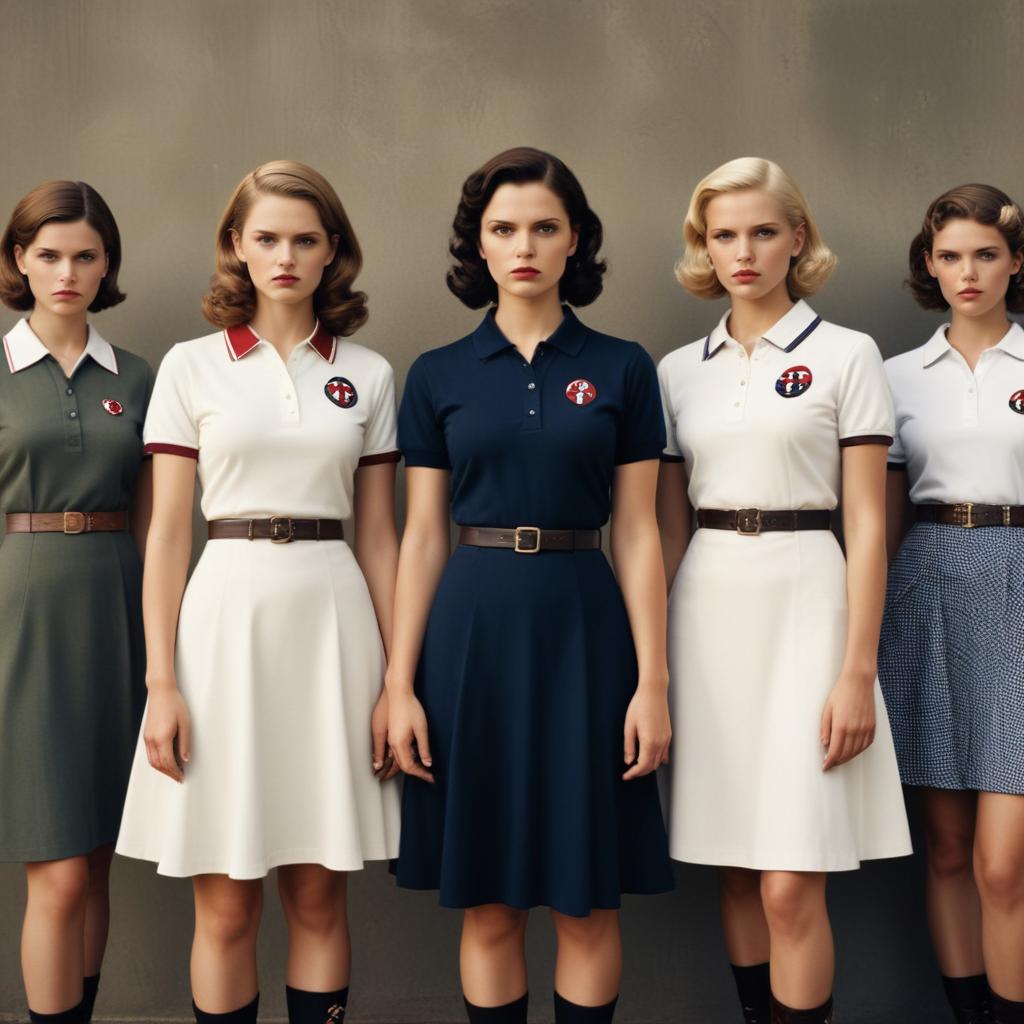Discover how modern fascism has shed its old symbols, adopting subtle, mainstream fashion trends and coded aesthetics to normalize radical ideologies and recruit new members, often unnoticed.
The article details how fascism has rebranded its aesthetic, moving away from overt symbols like swastikas and combat boots to more subtle, diverse, and fashionable styles. Today's extremist fashion includes polo shirts with coded symbols, 'tradwife' prairie dresses promoting conservative family visions, and apparel with vague slogans like 'my favorite color is white' or 'defending our culture,' offering plausible deniability. Historical examples, such as Mussolini's Blackshirts and Hugo Boss's SS uniforms, illustrate that the weaponization of fashion by the far right is not new. Modern 'fascion' leverages online platforms like TikTok and eBay to sell ideological apparel. It uses coded visual elements, specific fonts (e.g., Fraktur), Nordic symbols, gaming memes (like Pepe the Frog), and numerical codes (e.g., '88' for 'Heil Hitler') to convey messages to those 'in the know.' This new approach aims not to shock, but to appeal to a sense of identity and belonging, embedding extremist ideas within mainstream culture. Both masculine power (e.g., Will2Rise's '3.0 Perry Polo' co-opting Fred Perry) and hyperfemininity (e.g., 'tradwife' styles, extreme plastic surgery) are utilized. The normalization of these aesthetics makes it harder to recognize hateful ideologies, as they no longer fit traditional images of white supremacists. These subtly repackaged messages, even those originating from militia movements, can glide into the mainstream, desensitizing the public. The lines between hate speech and hyperpatriotism can be blurry, and not all wearers are aware of the extreme origins. However, this commercialization can make fascism a selling point, as seen with controversial merchandise and campaigns. Fashion is dynamic; meanings shift over time, with political actions influencing how styles like MAGA hats or 'tradwife' aesthetics are perceived. The adoption of far-right styles by political administrations further blurs these lines. Yet, increased visibility can also expose the contradictions, as certain fashions become associated with unpopular policies (e.g., 'Ice Barbie'). The article concludes that just as we learned to recognize traditional fascist symbols, we must now learn to identify the new visual language of the right, which, as Sinclair Lewis warned, might be wrapped in a flag or a MAGA hat.



